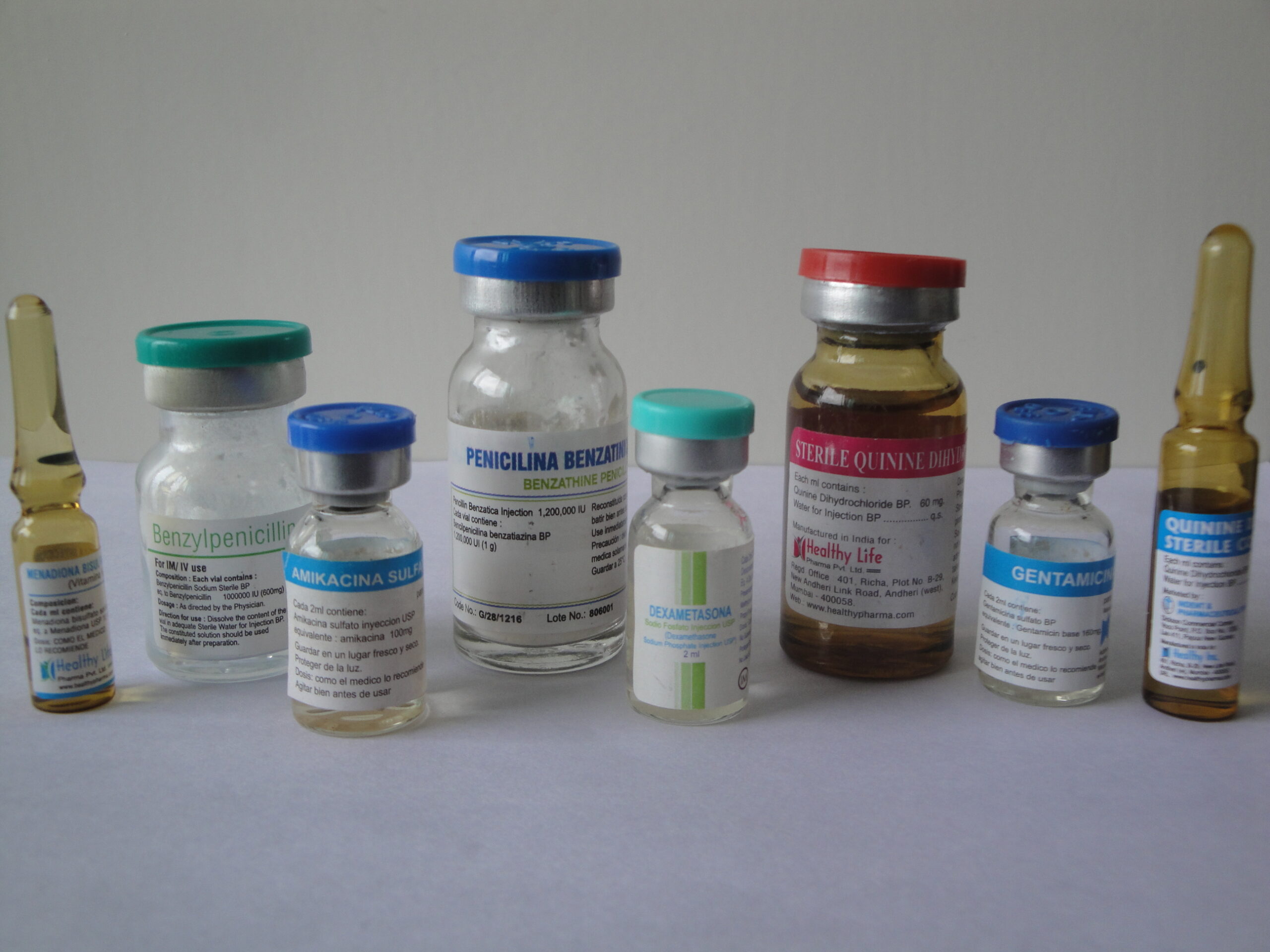Description
Tramadol Hydrochloride injection
Tramadol hydrochloride is a centrally acting opioid analgesic used to manage moderate to moderately severe pain. It is available in various formulations, including oral tablets, capsules, and injections. The “Tramadol Hydrochloride injection” you mentioned refers to an injectable form of tramadol hydrochloride with a concentration of 50 milligrams per milliliter.
Here are some key points to consider about Tramadol Hydrochloride injection:
Indication: Tramadol is commonly prescribed for the relief of moderate to moderately severe pain. It may be used in various medical conditions, post-operative pain, and chronic pain.
Mechanism of Action: Tramadol works by binding to opioid receptors in the brain and spinal cord, inhibiting the reuptake of norepinephrine and serotonin. This dual mechanism contributes to its analgesic effects.
Dosage and Administration: The specific dosage and administration will be determined by a healthcare professional based on the patient’s condition, pain intensity, and other factors. Injections are typically administered intramuscularly or intravenously by a healthcare provider.
Precautions and Warnings:
Tramadol should be used with caution in patients with a history of seizures, as it may lower the seizure threshold.
It should be avoided or used cautiously in patients with a history of substance abuse or dependence.
Careful monitoring is necessary for respiratory depression, especially when used in higher doses or in combination with other central nervous system depressants.
Side Effects: Common side effects may include nausea, dizziness, constipation, and headache. Severe side effects, though rare, can include respiratory depression and allergic reactions.
Contraindications: Tramadol is contraindicated in patients with a known hypersensitivity to tramadol or opioids, as well as in situations where opioids are contraindicated (e.g., respiratory depression, paralytic ileus).
It’s essential to use Tramadol Hydrochloride injection under the guidance of a healthcare professional who can assess the patient’s medical history and determine the appropriate dosage and administration based on individual needs. Always follow the prescribed instructions and consult with a healthcare provider for any concerns or questions related to the medication.
Tramadol hydrochloride is a centrally acting synthetic opioid analgesic used to manage moderate to moderately severe pain. It is available in various formulations, including tablets, capsules, and injections. The information provided here is general, and it’s essential to follow the specific instructions provided by your healthcare provider or on the medication label.
Tramadol Hydrochloride injection indicates that it contains 50 milligrams of tramadol hydrochloride per milliliter of the injection solution. This injection form is typically used when a more rapid onset of pain relief is required, as compared to oral forms.
Key points about Tramadol Hydrochloride injection:
Pain Management: Tramadol is often prescribed for pain relief, and the injection form may be used in situations where oral administration is not suitable, such as in postoperative settings or when a patient cannot take medications orally.
Dosage: The dosage and frequency of tramadol injections will be determined by your healthcare provider based on the severity of your pain, your medical history, and other relevant factors.
Administration: Tramadol injections are usually administered by healthcare professionals, such as doctors or nurses, in a healthcare setting. It is essential to follow proper administration procedures.
Side Effects: Like any medication, tramadol can have side effects. Common side effects may include nausea, dizziness, constipation, and headache. Serious side effects are rare but can include respiratory depression, seizures, and allergic reactions. If you experience any unusual or severe side effects, seek medical attention immediately.
Caution: Tramadol has the potential for abuse and dependence. It should be used with caution, especially in individuals with a history of substance abuse. It’s crucial to take tramadol only as prescribed by your healthcare provider.
Interactions: Inform your healthcare provider about all the medications, supplements, and herbal products you are taking, as tramadol may interact with other drugs.
It’s important to note that this information is general, and you should always consult with your healthcare provider or pharmacist for personalized advice regarding your specific medical condition and the use of Tramadol Hydrochloride IP 50 mg injection.
Tramadol Hydrochloride is a centrally acting opioid analgesic used to treat moderate to severe pain. It works by binding to opioid receptors in the brain and spinal cord, inhibiting the transmission of pain signals. Tramadol is available in various formulations, including oral tablets, capsules, and injections.
In the case of Tramadol Hydrochloride injection, it indicates an intramuscular or intravenous injection containing 50 milligrams of Tramadol Hydrochloride per milliliter. This form of administration is typically reserved for situations where rapid pain relief is necessary or when oral administration is not feasible.
It’s essential to use Tramadol under the supervision of a healthcare professional, as it can have side effects and interactions with other medications. The dosage and frequency of administration will depend on the severity of the pain, the patient’s overall health, and other factors considered by the prescribing healthcare provider.



